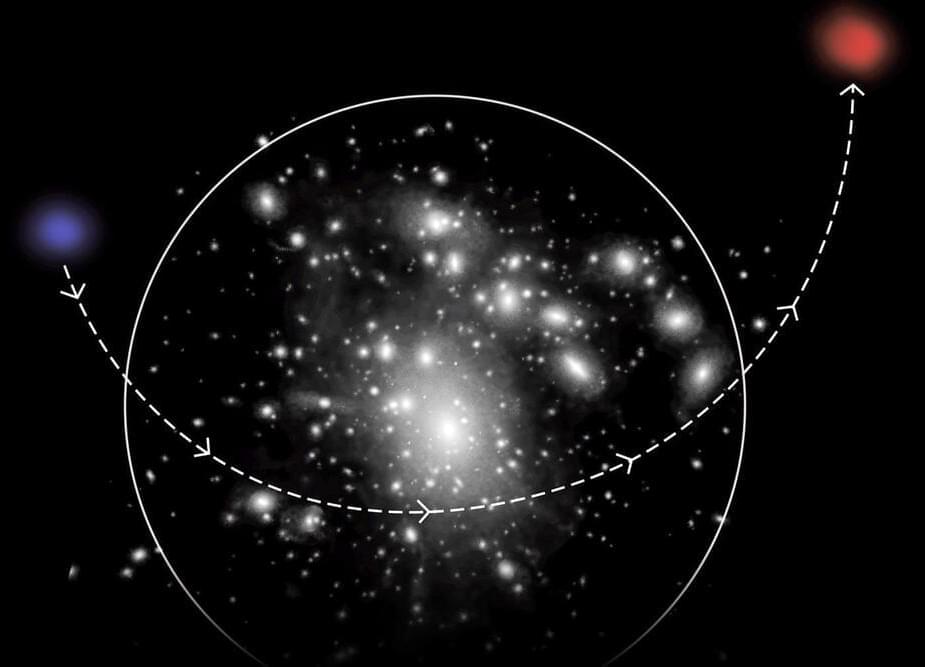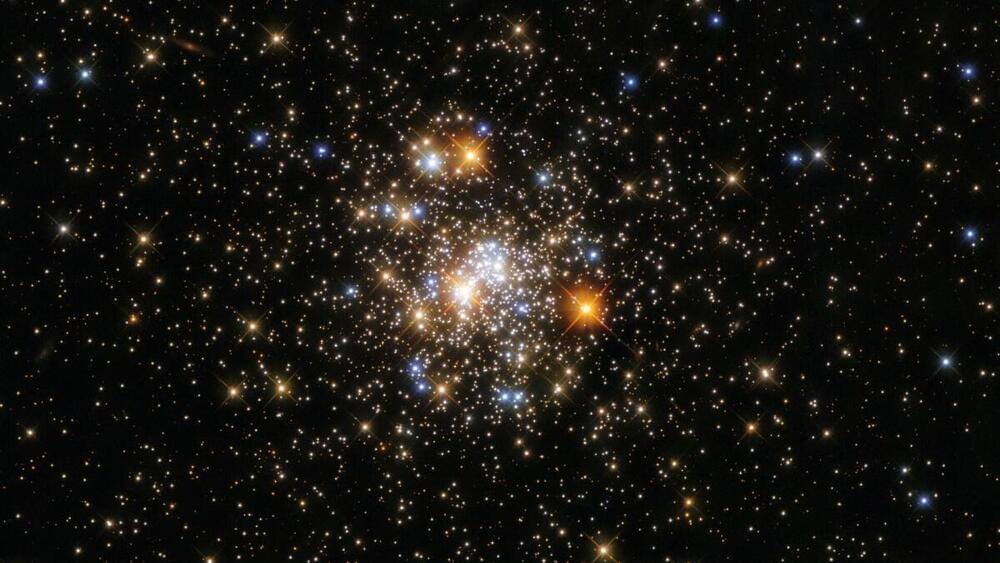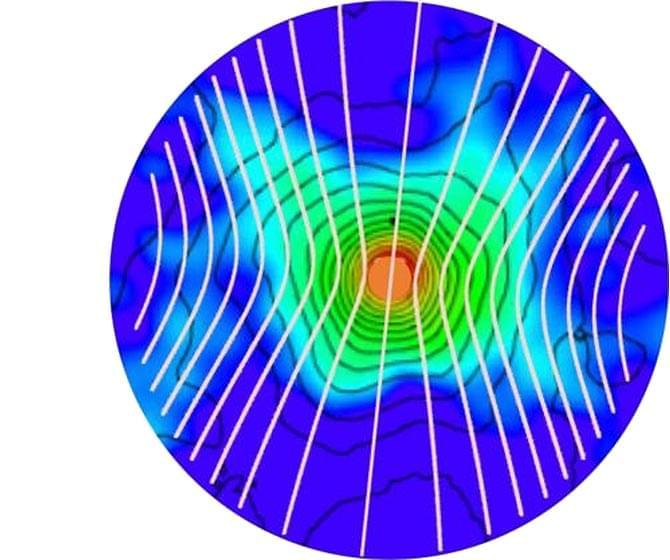California-based startup Relativity Space is manufacturing rockets using giant Westworld-esque 3D printers, a process they say could drastically shorten the rocket-making process from years to weeks. Tim Ellis, the company’s 30-year-old CEO, explains how the high degree of automation in Relativity’s factory has enabled them to build rockets remotely during the Covid-19 pandemic.
#Coronavirus #Space #HelloWorld.
——-
Like this video? Subscribe to Bloomberg on YouTube: https://www.youtube.com/Bloomberg?sub_confirmation=1
Become a Quicktake Member for exclusive perks: https://www.youtube.com/bloomberg/join.
Bloomberg is the First Word in business news, delivering breaking news & analysis, up-to-the-minute market data, features, profiles and more: http://www.bloomberg.com.
Connect with us on… Twitter: https://twitter.com/business Facebook: https://www.facebook.com/bloombergbus… https://www.instagram.com/bloombergbu…
Twitter: https://twitter.com/business.
Facebook: https://www.facebook.com/bloombergbusiness.
Instagram: https://www.instagram.com/bloombergbusiness/






